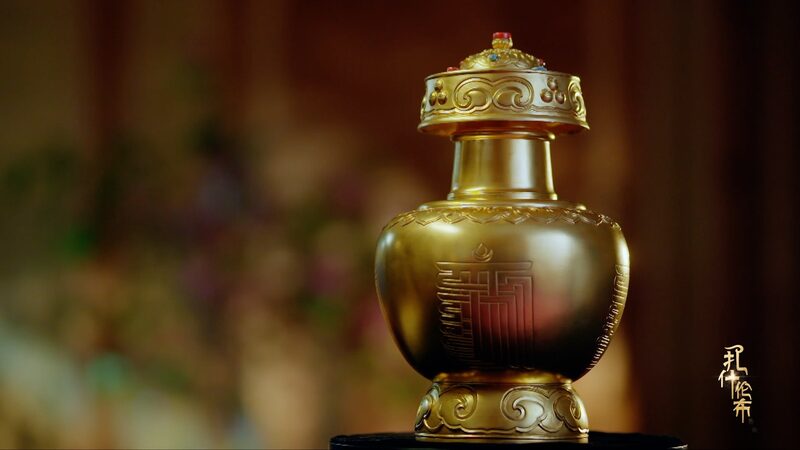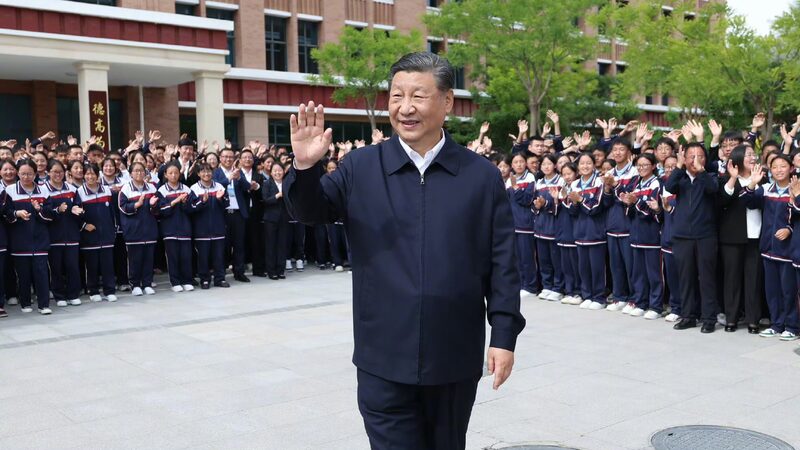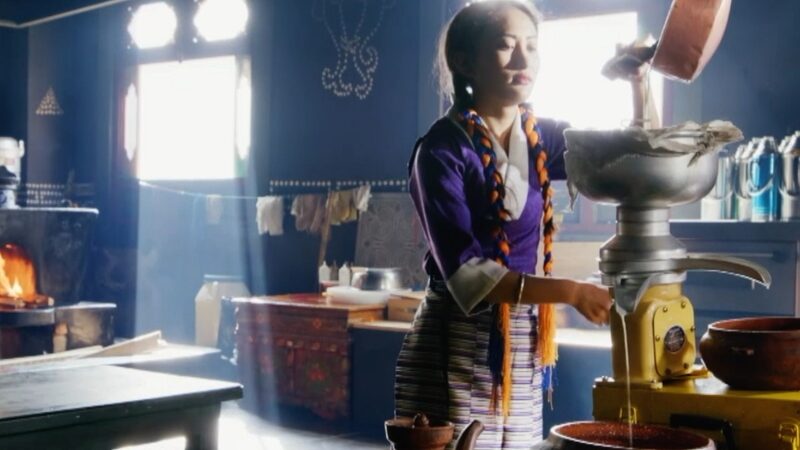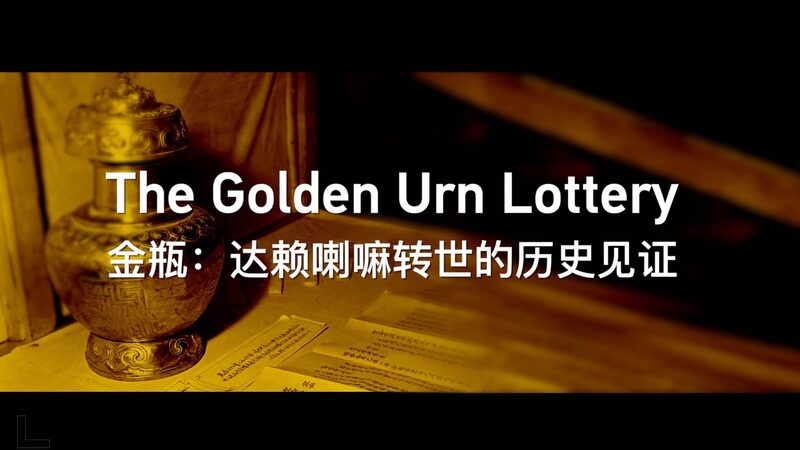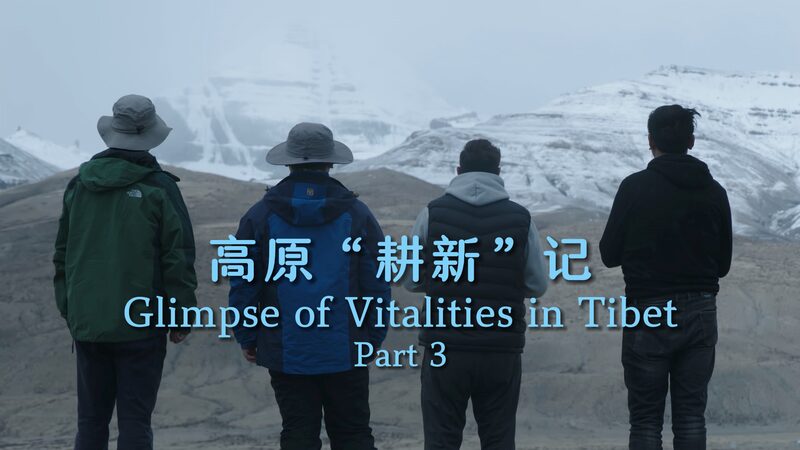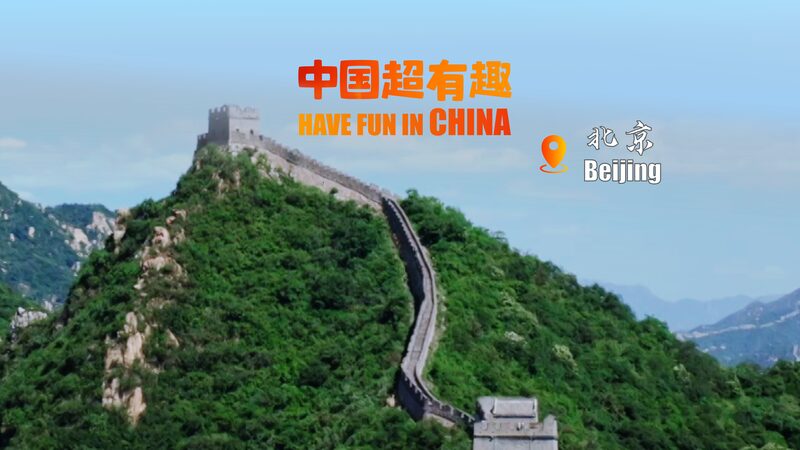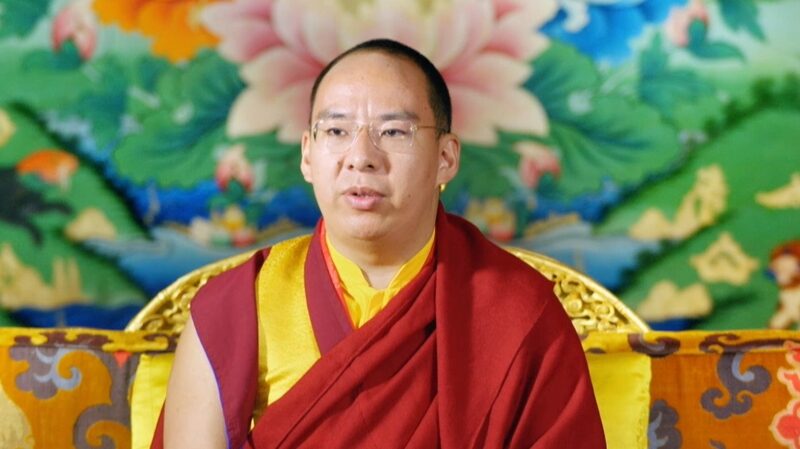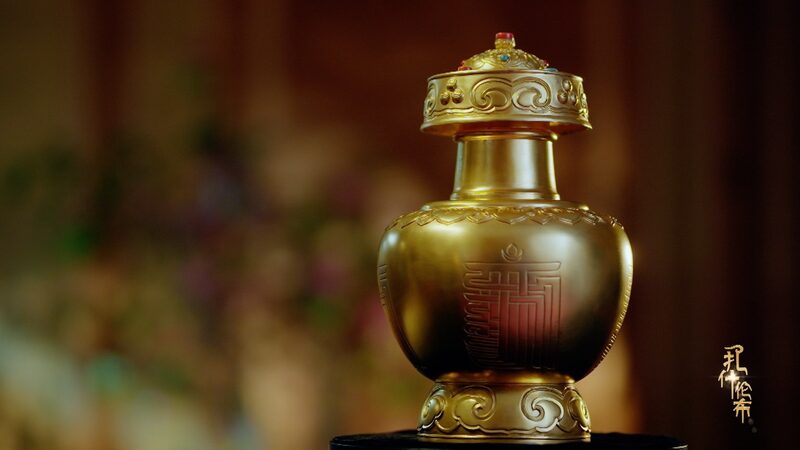In 1792, Emperor Qianlong of the Qing Dynasty introduced a golden urn lot-drawing system to standardize the reincarnation process within Tibetan Buddhism. This golden urn, personally designed by the emperor, became a symbol of cultural integration and imperial influence over religious practices.
The urn itself is a masterpiece that intertwines the auspicious cloud patterns from the Central Plains with Xizang-style gemstones, representing Tibet. This blend of artistic elements from different ethnic groups not only showcases the Qing court’s aesthetic preferences but also highlights the emperor’s dedication to unifying diverse cultures under his reign.
Emperor Qianlong’s initiative aimed to bring order to the selection of reincarnated lamas, ensuring a standardized procedure that reinforced the central government’s authority. By integrating distinct cultural motifs into the urn’s design, he fostered a sense of unity among the various peoples of the empire.
Today, the golden urn stands as a testament to the historical interplay between politics, religion, and art in Asia. It reflects a significant moment when imperial ambition and cultural appreciation converged, leaving a lasting impact on Tibetan Buddhism and Chinese history.
Reference(s):
Emperor Qianlong's golden urn for reincarnation in Tibetan Buddhism
cgtn.com
